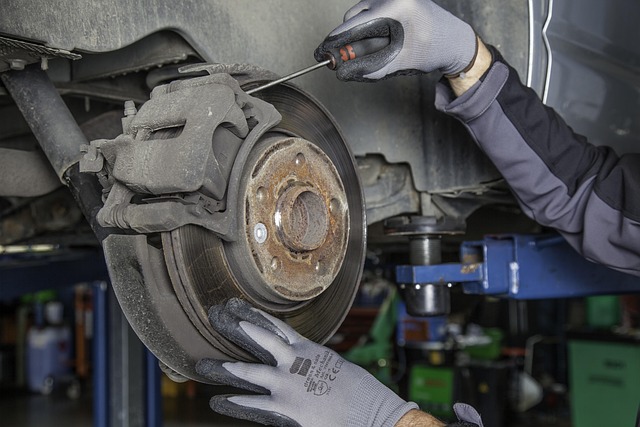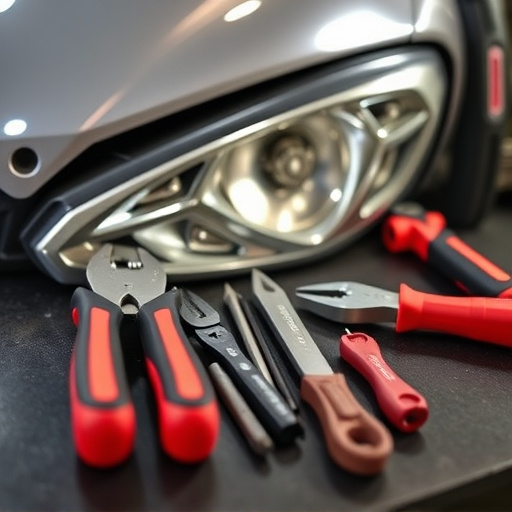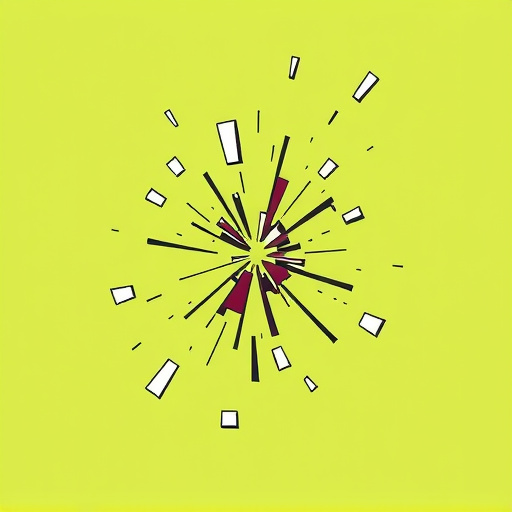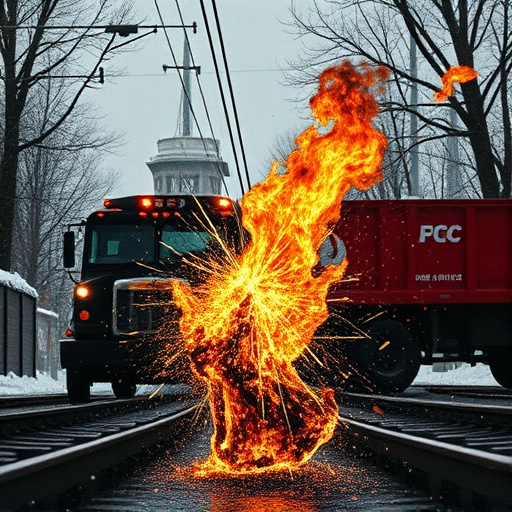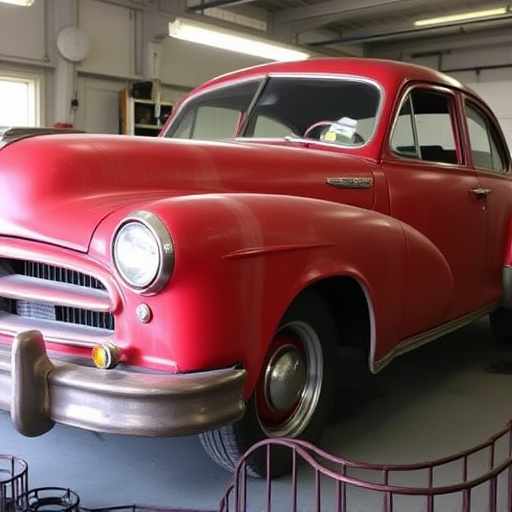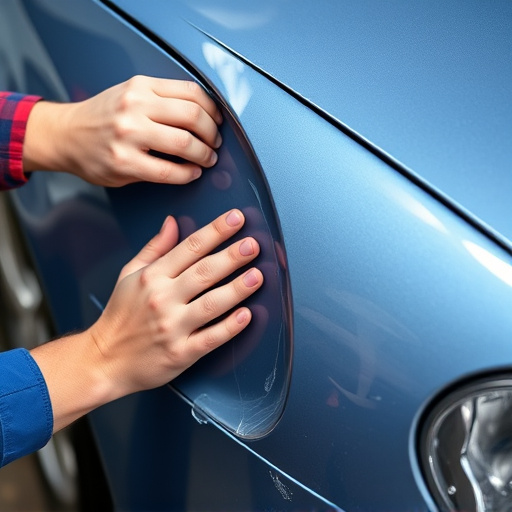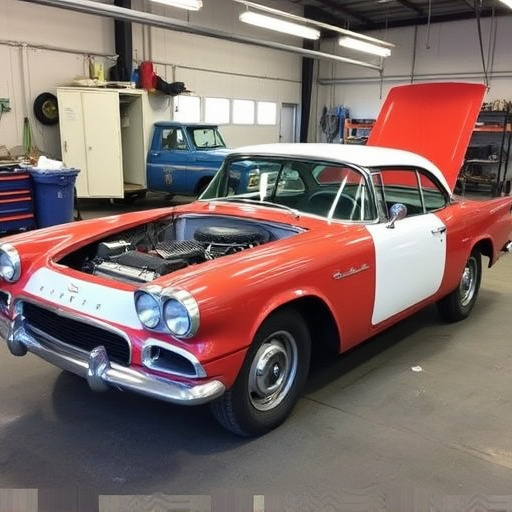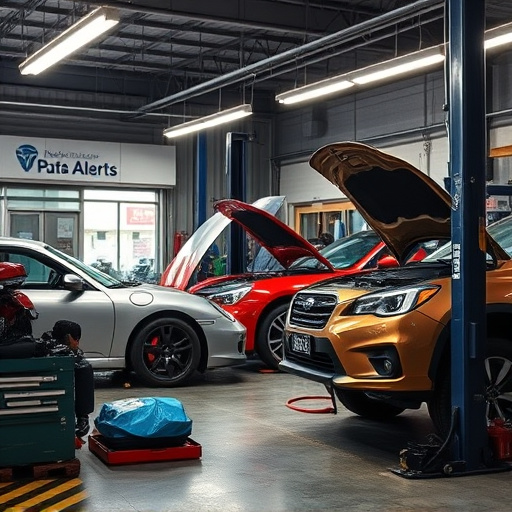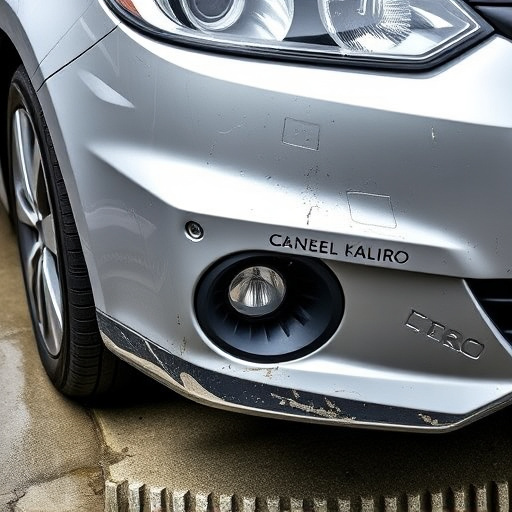Factory standard repair, adhering to OEM specifications and using genuine parts, is the best practice in collision restoration. This method ensures vehicles are restored accurately to pre-accident condition, maintaining safety, performance, and resale value, while satisfying customers and insurance companies alike. Insurance providers recommend it for superior quality, trust, efficient claims processing, and overall satisfaction.
Insurance providers often seek the best value and quality for their policyholders. One sure way to achieve this is through OEM certified collision repairs, which upholds factory standard repair as the gold standard. OEM certification ensures that replacements are exact matches to the original equipment, guaranteeing both superior craftsmanship and cost-efficiency. This approach not only enhances customer satisfaction but also streamlines the claims process. By prioritizing factory standard repair, insurers can maintain a consistent level of quality across all their collision centers.
- Factory Standard Repair: The Gold Standard for Insurance Providers
- OEM Certification: Ensuring Quality and Cost Efficiency
- Enhancing Customer Satisfaction Through Consistent Repairs
Factory Standard Repair: The Gold Standard for Insurance Providers
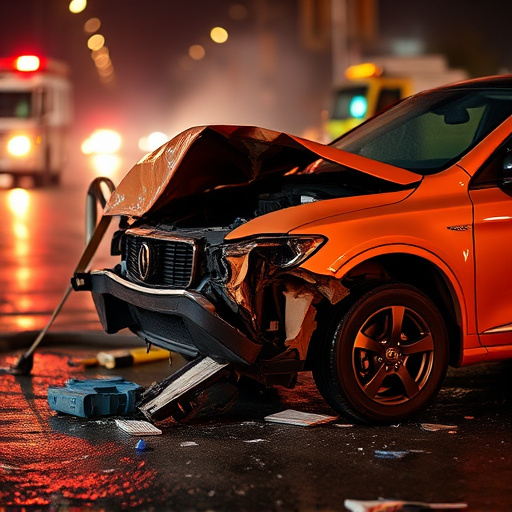
When it comes to collision repairs, insurance providers often have a clear preference: factory standard repair. This approach, also known as Original Equipment Manufacturer (OEM) certified repairs, sets the gold standard in the industry. By adhering strictly to the manufacturer’s specifications and using genuine parts, car body shops can ensure that repairs match the vehicle’s original factory standards. This precision is crucial for maintaining the safety, performance, and resale value of a vehicle.
Factory standard repair goes beyond simply fixing the physical damage; it involves restoring the car to its pre-accident condition, including matching car paint services to the exact shade and texture as the original finish. This level of detail is not only aesthetically pleasing but also ensures that all systems within the vehicle function seamlessly together. In light of these benefits, insurance providers recognize OEM certified collision repairs as the preferred method for ensuring customer satisfaction and minimizing claims costs in the long run.
OEM Certification: Ensuring Quality and Cost Efficiency
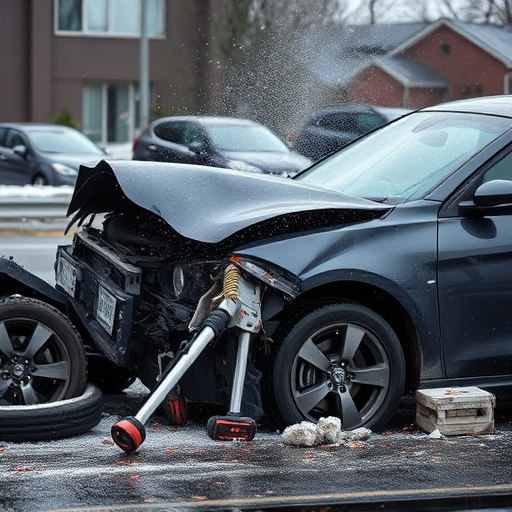
OEM certification is a crucial aspect that sets factory standard repairs apart as the preferred choice for insurance providers. This certification ensures that every component and process involved in the collision repair meets the original equipment manufacturer’s (OEM) specifications. By adhering to these standards, certified technicians can guarantee that the vehicle will be restored to its pre-accident condition, maintaining its safety, performance, and resale value.
This level of precision is especially beneficial for insurance companies as it directly impacts cost efficiency. OEM-certified repairs minimize the risk of future issues arising from subpar replacements or improper installations. Moreover, with factory standard repair techniques like those employed in Mercedes Benz collision repair, auto painting becomes more accurate, ensuring a seamless finish that blends perfectly with the vehicle’s original parts. This attention to detail not only satisfies insurance providers but also ensures customer satisfaction, knowing their vehicles are restored to their best possible condition.
Enhancing Customer Satisfaction Through Consistent Repairs
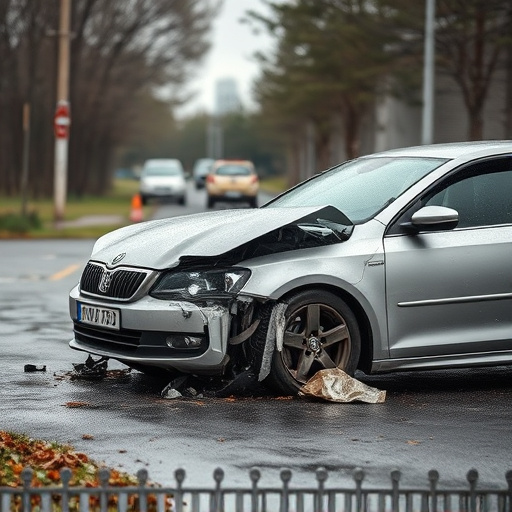
When insurance providers recommend OEM certified collision repairs, they prioritize customer satisfaction above all else. This is because factory standard repair ensures that vehicles are restored to their pre-accident condition accurately and reliably. Customers expect their cars to function and look like new after an accident, and OEM parts and certified technicians deliver exactly that.
By adhering to stringent quality standards set by the manufacturer, OEM certified collision repairs guarantee compatibility, durability, and performance matching the vehicle’s original design. This consistency translates into increased customer trust and loyalty in car body shops providing these services. Moreover, it streamlines the claims process, as insurance providers can rely on the quality of the repair, minimizing disputes and enhancing overall satisfaction with automotive repair services.
Insurance providers prioritize OEM certified collision repairs due to their commitment to factory standard repair, which ensures quality, cost efficiency, and enhances customer satisfaction. By adhering to these strict standards, OEMs maintain a consistent repair quality that meets or exceeds the original vehicle specifications. This not only protects the value of insured vehicles but also streamlines the claims process, fostering trust between insurers, repair shops, and policyholders alike. In essence, embracing OEM certification is a win-win for all parties involved in the post-crash repair ecosystem.
